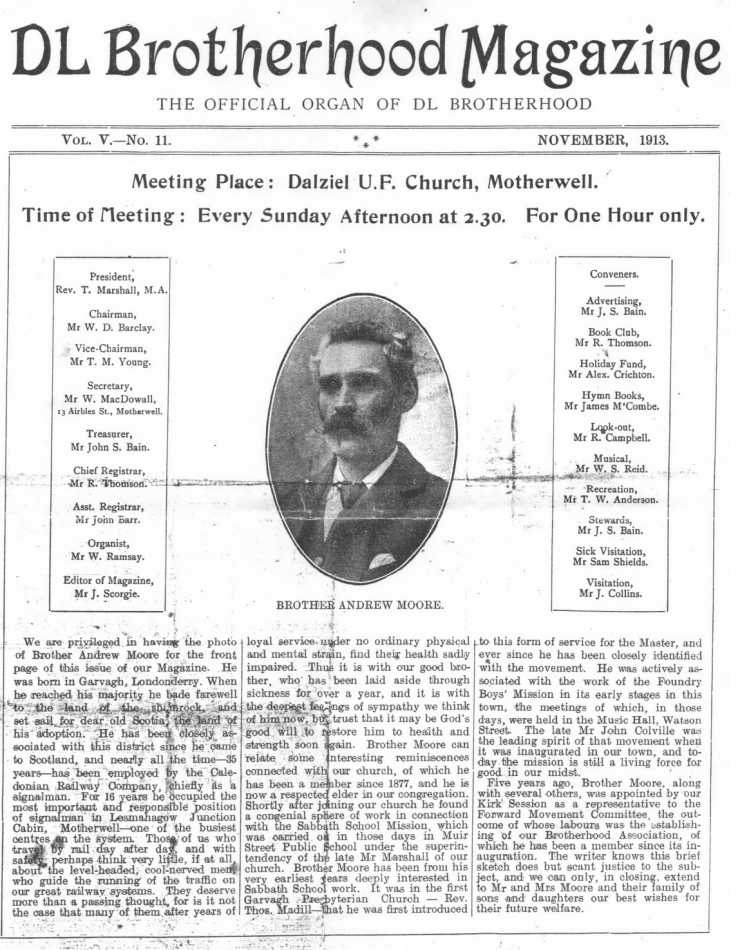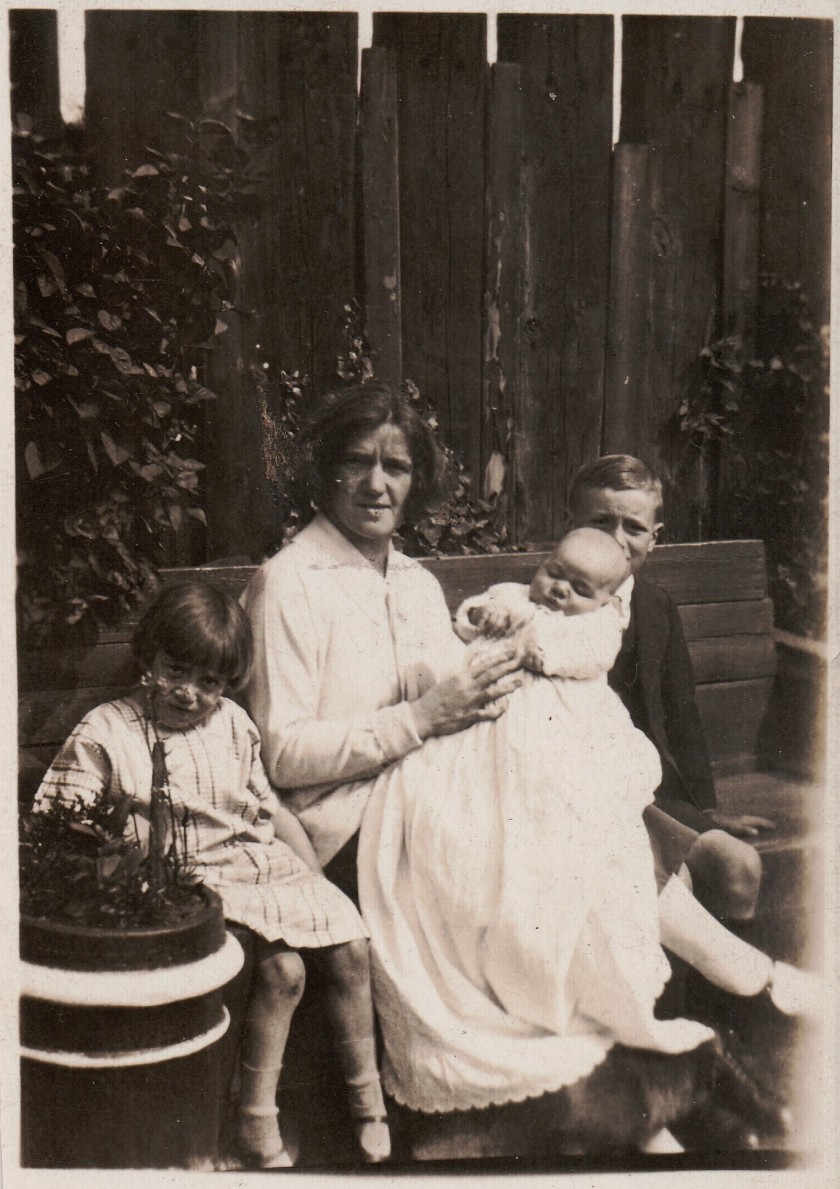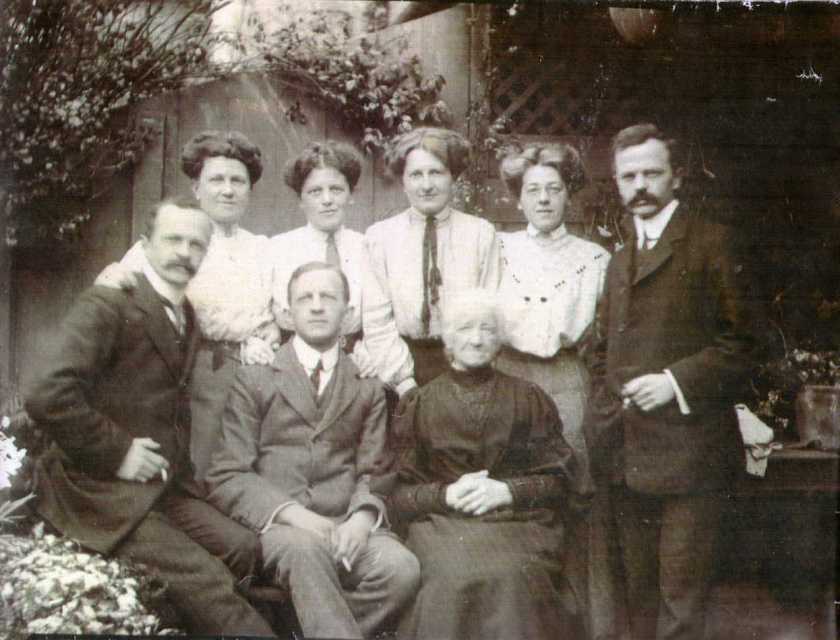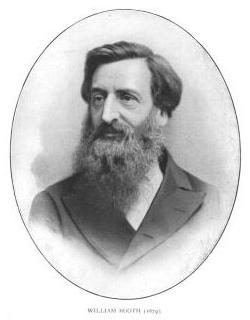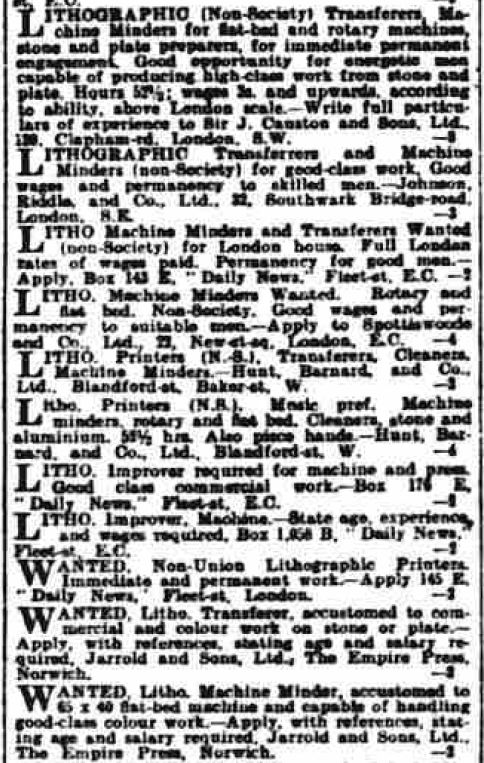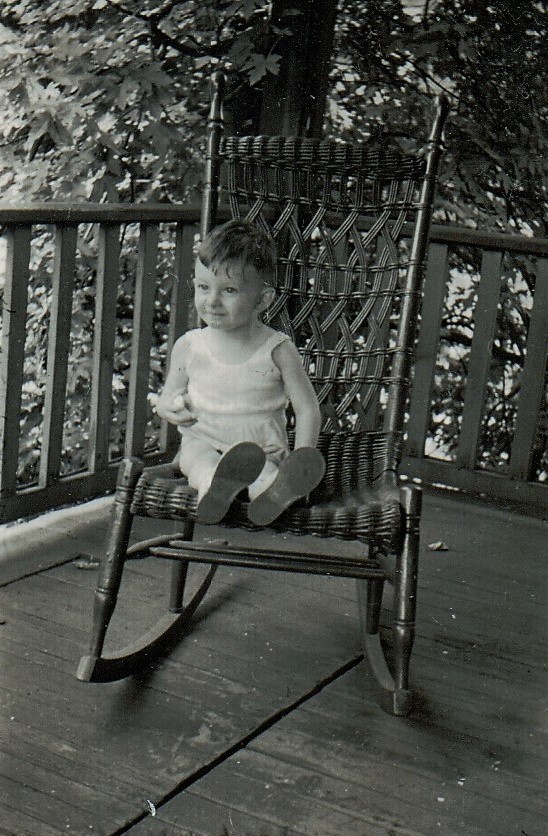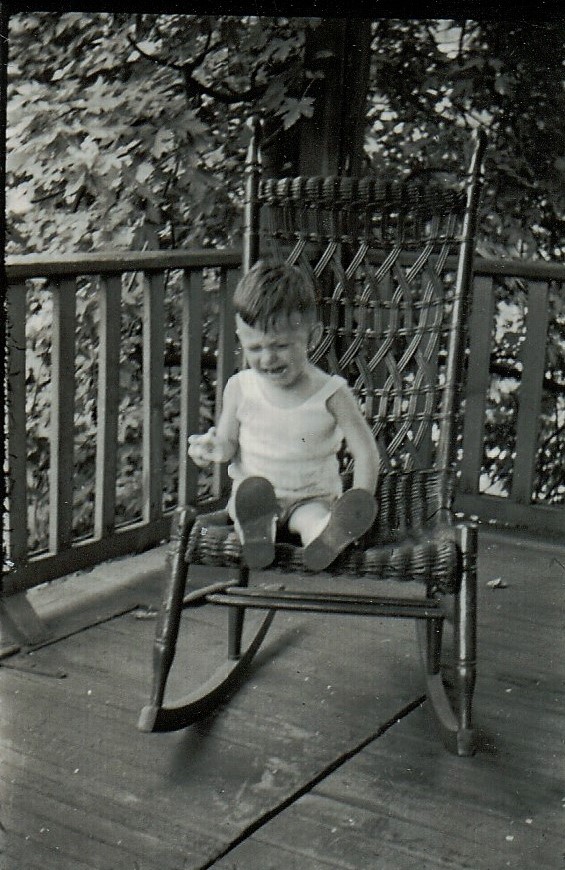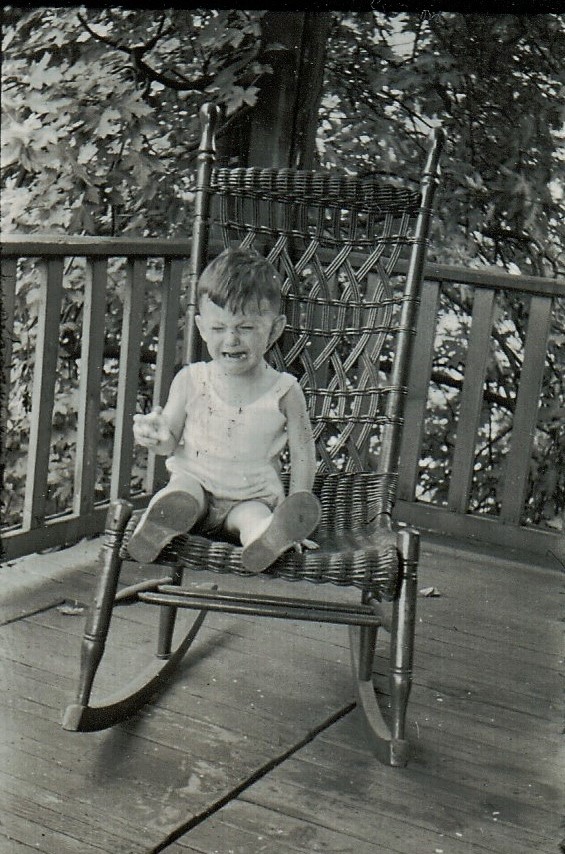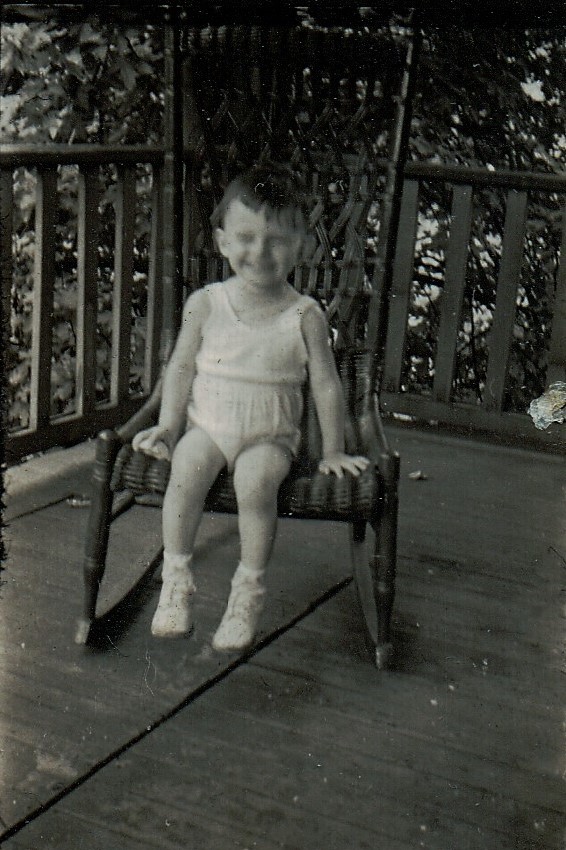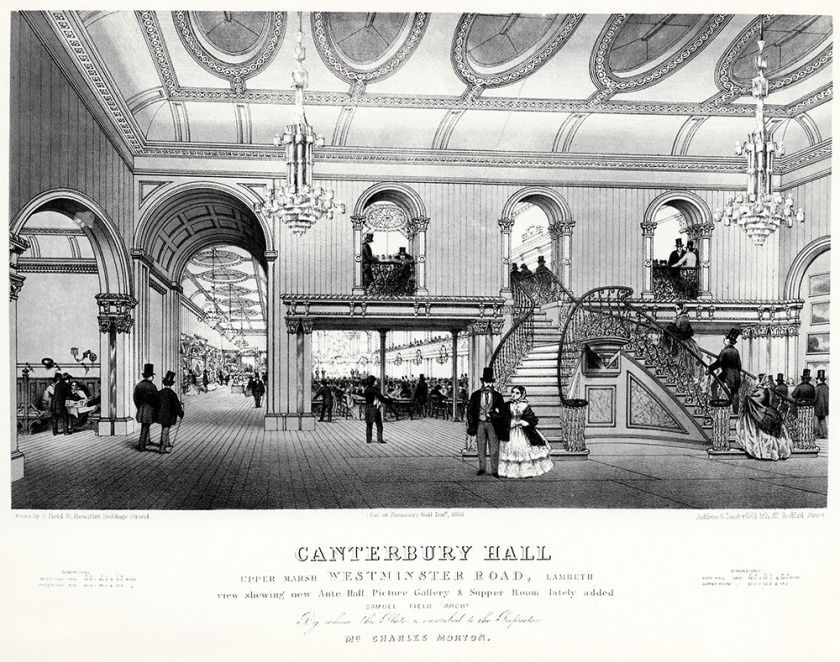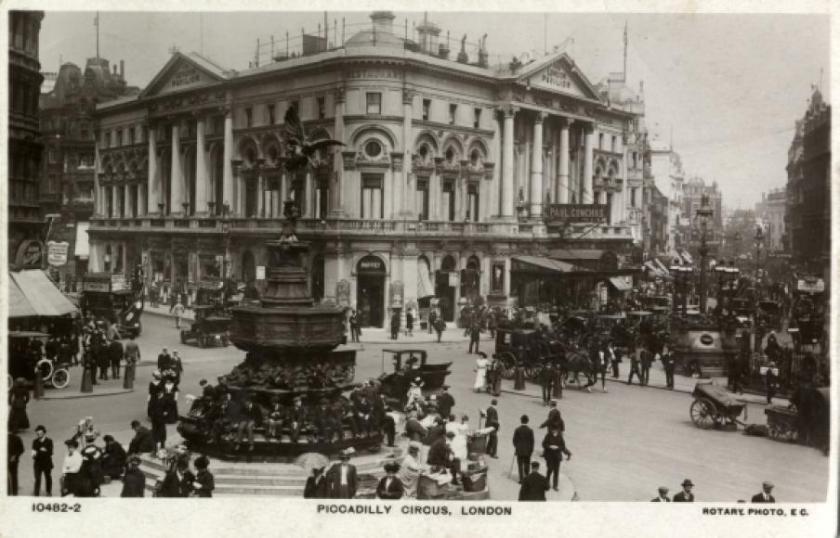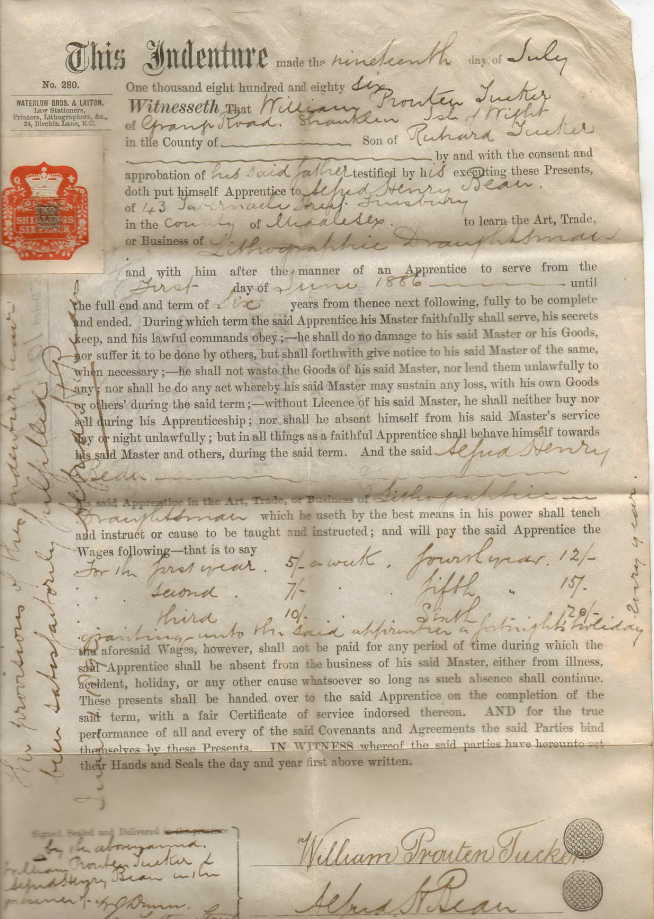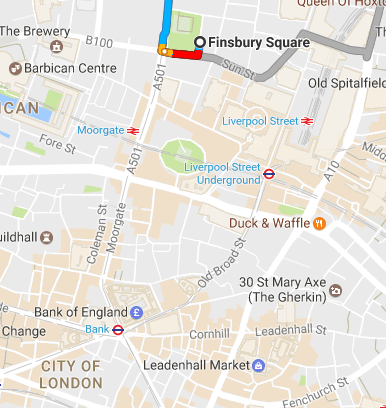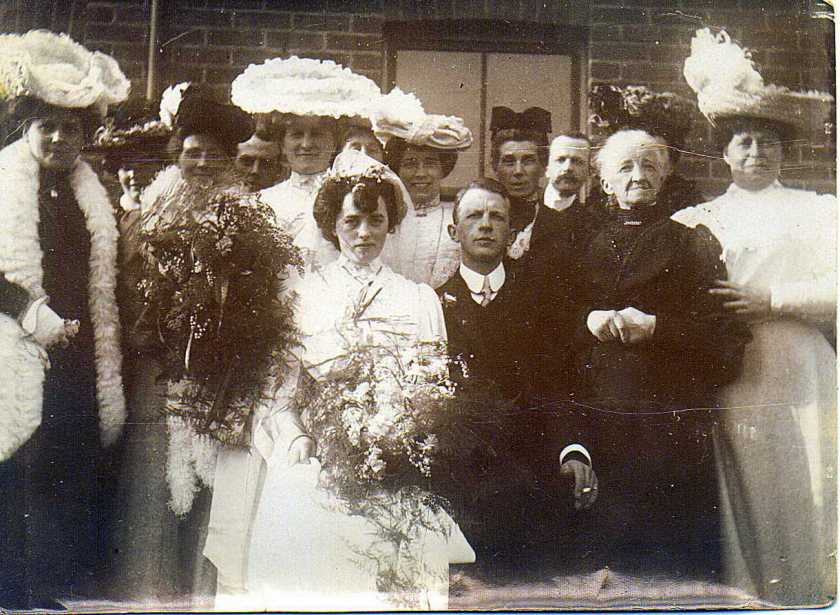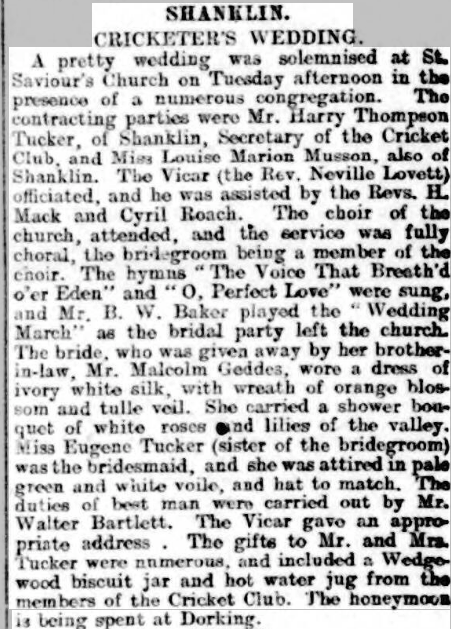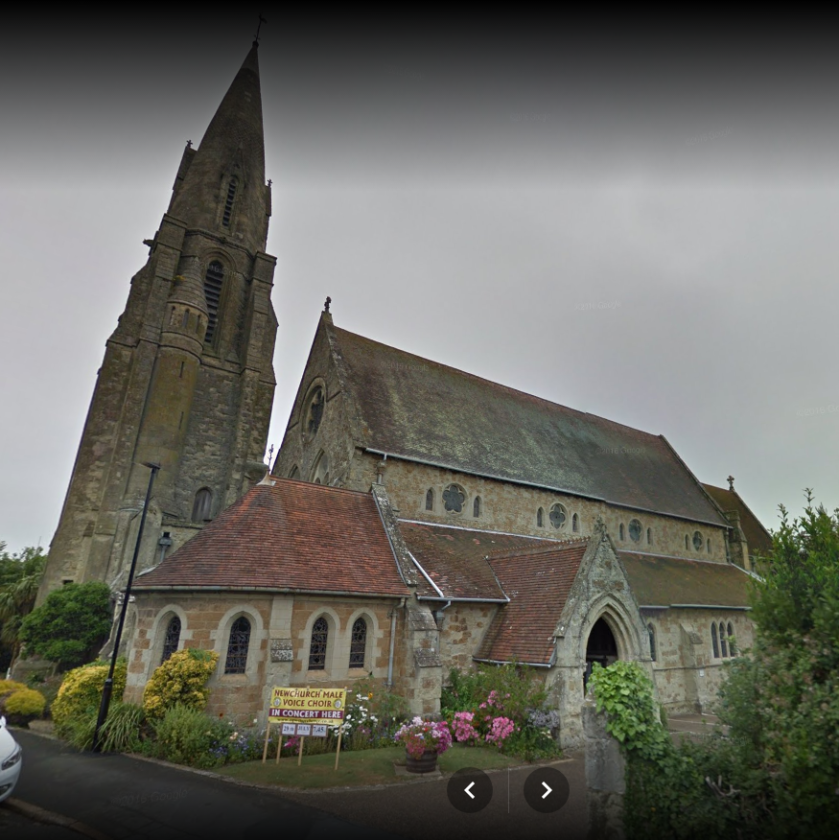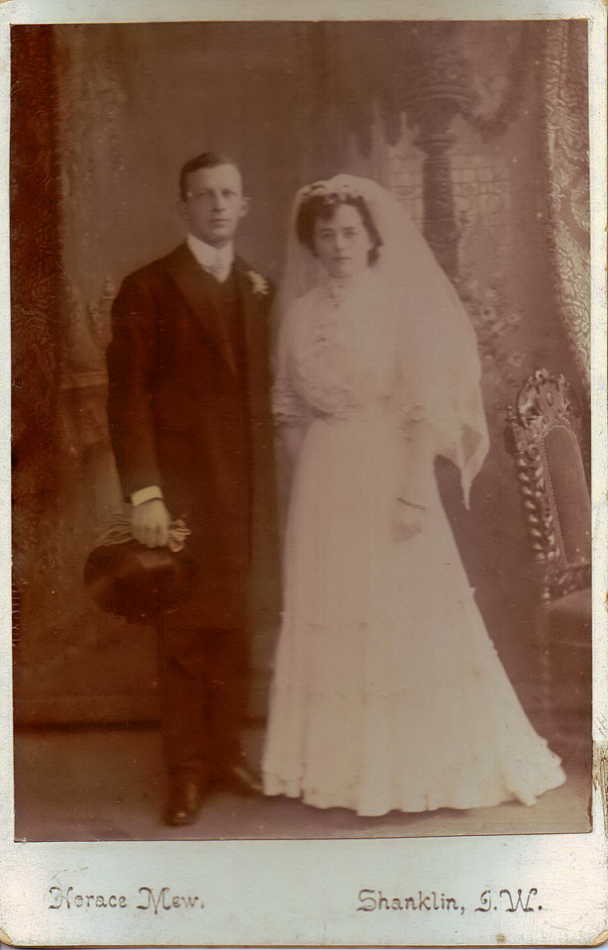Andrew McAuley Moore, my husband’s second great-grandfather, was described as having been heavily involved in the Foundry Boys’ Association as it got its start in Motherwell.
The Foundry Boys Religious Society was initially created in Cowcaddens in 1865. Cowcaddens, near the center of Glasgow, was at that time a slum district. Many young boys were recruited as apprentices to the workmen at the iron foundries.
Some of these boys, free of parental oversight for the first time in their young lives, may have taken the opportunity to run a little wild. At the very least, individuals in the community became concerned about the possibility of such developments.
The Foundry Boys Religious Society was therefore founded in order to educate and provide a healthy social outlet for these boys. Bible classes were held as well as lessons in “reading, writing, arithmetic, geography and music” (Edinburgh Evening Courant, 20 Oct 1866). Similar groups were formed for mill girls.
The boys were provided with military-style uniforms, much like those of the Boys Brigade, and put through rigorous drills to instill discipline.
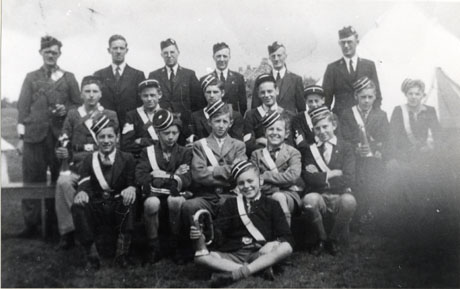
Initially opened as the Victoria Theatre in April 1871, the Music Hall on Watson Street was the site of the first meetings of the Motherwell Foundry Boys Association. The local group seems to have had an even stronger religious focus. Members were selected from those children not regularly attending any church, ensuring that these individuals would also receive the Christian message.
The first meeting, in May 1875, drew a group of 60. By 1884, four hundred children were members of the Foundry Boys at the Music Hall, and an additional two meetings in Muir Street and Craigneuk had been added, with around 100 children at each of these.
Each year, the children had a summer outing. Unlike the original Cowcaddens branch, the Motherwell Foundry Boys did not have to travel far to get out in the fresh air.
The three Motherwell and Craigneuk groups gathered and marched to the strains of music provided by the Hallelujah Brass Band. Frequently the destination was the gardens and fields surrounding a local “big house” such as Muirhouse or the Dalzell Estate.

There, after the singing of hymns and recitation of a prayer, the children feasted on buns and milk. The remainder of the afternoon was spent in organized games and races, tours of the gardens or orchards, or simply relaxing.
By 1886, the Foundry Boys, now alternatively called the Working Boys and Girls’ Religious Society, had grown large enough to build their own new hall, the Christian Institute. In March of that year, the annual soiree was held as the official opening of the new building.
The annual soiree invariably consisted of allegorical speeches, followed by recitations by the children themselves. Prizes were received by those who were able to correctly repeat the past year’s texts, as well as children who attended Foundry Boys meetings on a regular basis. The evening’s events might wrap up with a bit of fun, such as the magic lantern show presented in 1894.
The magic lantern was an early type of projector using glass slides. These shows were fantastically popular.
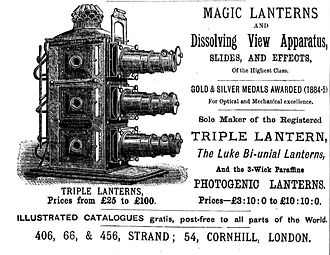
The show presented at the 1894 Foundry Boys’ Soiree in Motherwell was “Jessica’s First Prayer”. This tale of an impoverished young girl, abandoned by her alcoholic mother, who teaches the owner of a coffee shop the true meaning of Christian charity was initially published in 1866 in the journal Sunday at Home. The next year it appeared as a freestanding book and, by the turn of the century, had sold over a million and a half copies, outselling even the modern classic, “Alice in Wonderland”, published in 1865.
The work of the Foundry Boys Association in Motherwell continued into at least the early 1940s, long after Andrew McAuley Moore’s death in 1914. He would no doubt have been proud of the lasting difference he had made in the lives of so many children.
Were any of you members of the Foundry Boys, either in Motherwell or elsewhere? I’d love to hear more about your experiences.
